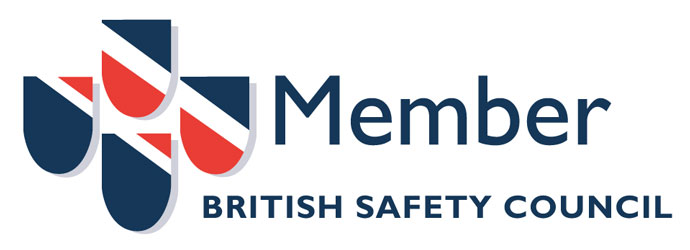The works are subdivided into 2 orders, one involving the substantial external redecoration of major railway stations on the East Coast Main Line and the second involving refurbishment decorating to selected internal areas at other stations on the same railway.
Full external works have been undertaken at Newcastle and Doncaster stations and have involved the painting of all structural steelwork up to a height of 3.5 metres from the platform, benches, lighting columns (which are lowered so all can be painted), railings, platform edge markings (during possessions), safety lines and car park markings. The undersides of some footbridges at these stations have also been redecorated using rail mounted GRP towers during possessions.
The internal painting works have been carried out on a number of stations including Berwick-on-Tweed, Dunbar, Grantham, Newark, Kings Cross and the York Academy training building. The areas to be painted are selected by East Coast Main Line/Virgin personnel according to their dilapidation schedule. Typical areas we have decorated include waiting rooms, ticket areas, staff areas, toilets and stores. Recently some of this work has involved the rebranding to the Virgin colour scheme.
All materials are from Dulux and include their metalshield system as well as undercoat, gloss, emulsion and road lining paint.
We were employed by FES FM and then by Lorne Stewart who work directly for the train operating companies. Nevertheless, we are required to apply for and obtain, a Season Ticket from the East Coast/ Virgin Property Team to allow us to carry out maintenance and repair painting to property assets.
Access to the works is by a combination of MEWP’s operated by our own IPAF trained operatives (used on night time or off-peak working hours and not to be used near platform edges or in high foot fall areas), mobile GRP towers supplied and erected by our own PASMA trained operatives, non-conductive ladders for short duration works with difficult access and on occasion, fully fixed scaffold, supplied and erected by a specialist sub-contractor of our clients.
All our operatives were/are CSCS card holders for painting works and the supervisors and managers are highly experienced and fully accredited for their roles. Site visits by QA officers from head office are arranged to supplement the local supervision and ensure compliance with specification.
We have followed a practice of maintaining a settled team of operatives on these station contracts so that they become familiar with the working practices and the standards expected both by our clients and also the ultimate client, ECML / Virgin.
Work areas are put forward for hand-over as they are completed which negates defects at completion of the project. Prior to such hand-over request, our site supervisor self-snags the works and if any rectification work is required, this is done by the operative who did the work originally. In this way we encourage all personnel to participate in our right first-time philosophy. Such a philosophy leads to high levels of repeat business and enhanced job security for all our employees.




















